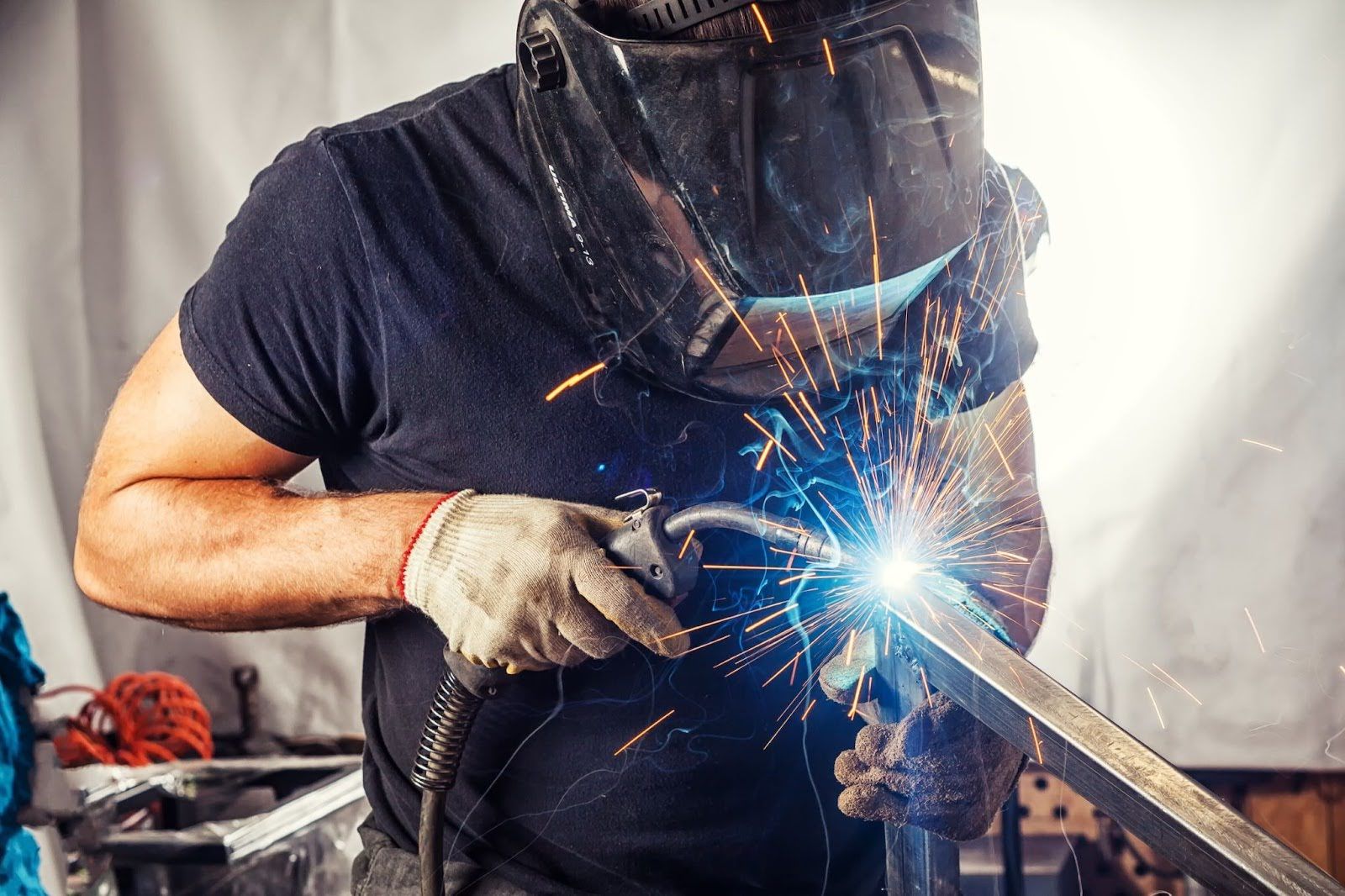Preventing Weld Undercut Made Easy: Key Techniques Unveiled
Preventing Weld Undercut Made Easy: Key Techniques Unveiled
Blog Article
Mastering the Art of Welding: How to Stay Clear Of Undercut Welding Issues for Flawless Construction Outcomes
Effectiveness and accuracy are vital worldwide of welding, where also the slightest flaw can compromise the structural honesty of a produced item. One usual obstacle that welders face is damaging, an issue that can compromise a weld joint and lead to pricey rework. By understanding the origin of undercut welding and applying efficient techniques to avoid it, welders can elevate their craft to new levels of quality (Preventing weld undercut). In the quest of flawless construction results, understanding the art of welding to avoid undercut problems is not just an ability but a necessity for those aiming for excellence in their job.
Understanding Undercut Welding

To protect against undercut welding, welders should make certain proper welding criteria, such as readjusting the existing, voltage, travel speed, and keeping the proper electrode angle. Furthermore, using the proper welding strategy for the particular joint arrangement is crucial. Using weaving movements or backstepping techniques can help guarantee correct weld steel deposition and lower the possibility of undercut formation. Regular assessment of welds during and after the welding procedure is also critical to catch any type of undercut early and make required adjustments to stop further issues. Preventing weld undercut. By understanding the reasons of undercut welding and carrying out preventive measures, welders can attain high-grade, structurally sound welds.
Root Causes Of Undercut in Welding
Recognizing the variables that add to damage in welding is essential for welders to generate premium, structurally audio welds. Poor welding current or incorrect welding rate can likewise contribute to undercut. Comprehending these reasons and executing appropriate welding methods can assist stop undercutting issues, ensuring strong and sturdy welds.
Methods to avoid Undercutting

To minimize the risk of undercutting in welding, welders can use calculated welding methods targeted at improving the high quality and stability of the weld joints. One effective method is to readjust the welding criteria, such as voltage, present, and travel rate, to make certain appropriate warm input and deposition. Maintaining an appropriate electrode angle and making certain consistent traveling rate can likewise help stop undercut. Furthermore, utilizing the right welding technique for find out the particular joint configuration, such as weave or stringer beads, can contribute to reducing undercutting. Preventing weld undercut.
Additionally, proper joint prep work, consisting of guaranteeing tidy base products cost-free of pollutants and using the proper welding consumables, is essential in protecting against undercut issues. Using back-step welding strategies and controlling the weld grain account can additionally aid disperse warm uniformly and reduce the risk of undercut. Routine assessment of the weld joint during and after welding, as well as applying top quality guarantee procedures, can help in dealing with and detecting damaging concerns quickly. By implementing these methods carefully, welders can accomplish flawless manufacture results with marginal undercut problems.
Value of Correct Welding Specifications
Selecting and maintaining proper welding parameters is important for attaining successful welds with very little issues. Welding parameters describe variables such as voltage, present, take a trip rate, electrode angle, and securing gas flow rate that straight affect the welding process. These parameters must be thoroughly changed based upon the sort of material being bonded, its thickness, and the welding strategy used.
Correct welding specifications guarantee the best quantity of warm is related to melt the base steels and filler product evenly. If the specifications are set too expensive, it can bring about too much heat input, causing distortion, burn-through, or spatter. On the various other hand, if the parameters are also low, insufficient combination, lack of infiltration, or undercutting may occur.
Quality Control in Welding Operations

Conclusion
Finally, understanding the art of welding needs a complete understanding of undercut welding, its reasons, and methods to prevent it. By guaranteeing proper welding specifications and applying quality control techniques, flawless fabrication results can be attained. It is important for official source welders to regularly pursue quality in their welding operations to prevent undercut problems and produce high-grade welds.
Undercut welding, an usual defect in welding processes, happens when the weld metal doesn't appropriately fill up the groove and leaves a groove or anxiety along the welded joint.To prevent undercut welding, welders ought to ensure appropriate welding criteria, such as readjusting the current, voltage, travel speed, and maintaining the proper electrode angle. Insufficient welding current or incorrect welding rate can likewise contribute to damage.To reduce the danger of undercutting in welding, welders can employ strategic welding techniques aimed at improving the quality visit the site and stability of the weld joints.In verdict, mastering the art of welding needs an extensive understanding of undercut welding, its reasons, and techniques to avoid it.
Report this page